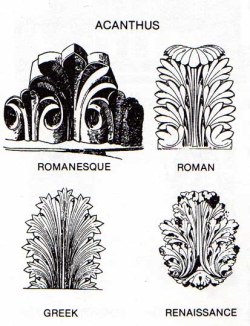
A couple of posts ago, we mentioned the Topophilia Hypothesis, as defined by biologist and writer, S. D. Sampson; he claims a healthy society flourishes at least in part due to its connection with nature. How to create places that are unique to their location through culture and aesthetics is a challenge that many of us looking to solve in a myriad of ways (one must reevaluate how modern cultures are defined in a globalized world, but let us put that aside for now).
To quote E. H. Gombrich, who notes the importance of ornament and order in place-making, “Take a man in the dark trying to gain information about the unseen environment. He will not grope and thrash about at random, but will use every finding to form a hypothesis…” (10). The details of our constructed surroundings are there to shine a light on the full expanse of our extraordinarily elaborate environment.
Before finding modern day examples that support this hypothesis, let us start with the past. What were the tried and true examples of ornament and detailing that successfully supported an understanding of local flora and fauna and the culture around them? Specimens of this phenomenon are present everywhere in ancient architectures as a way of demarcating unique places. In what follows, I will start with some ancient cultures and describe their relationship to nature and how they evolved. More specifically, ornament and polychromy are the protagonists of this story.
